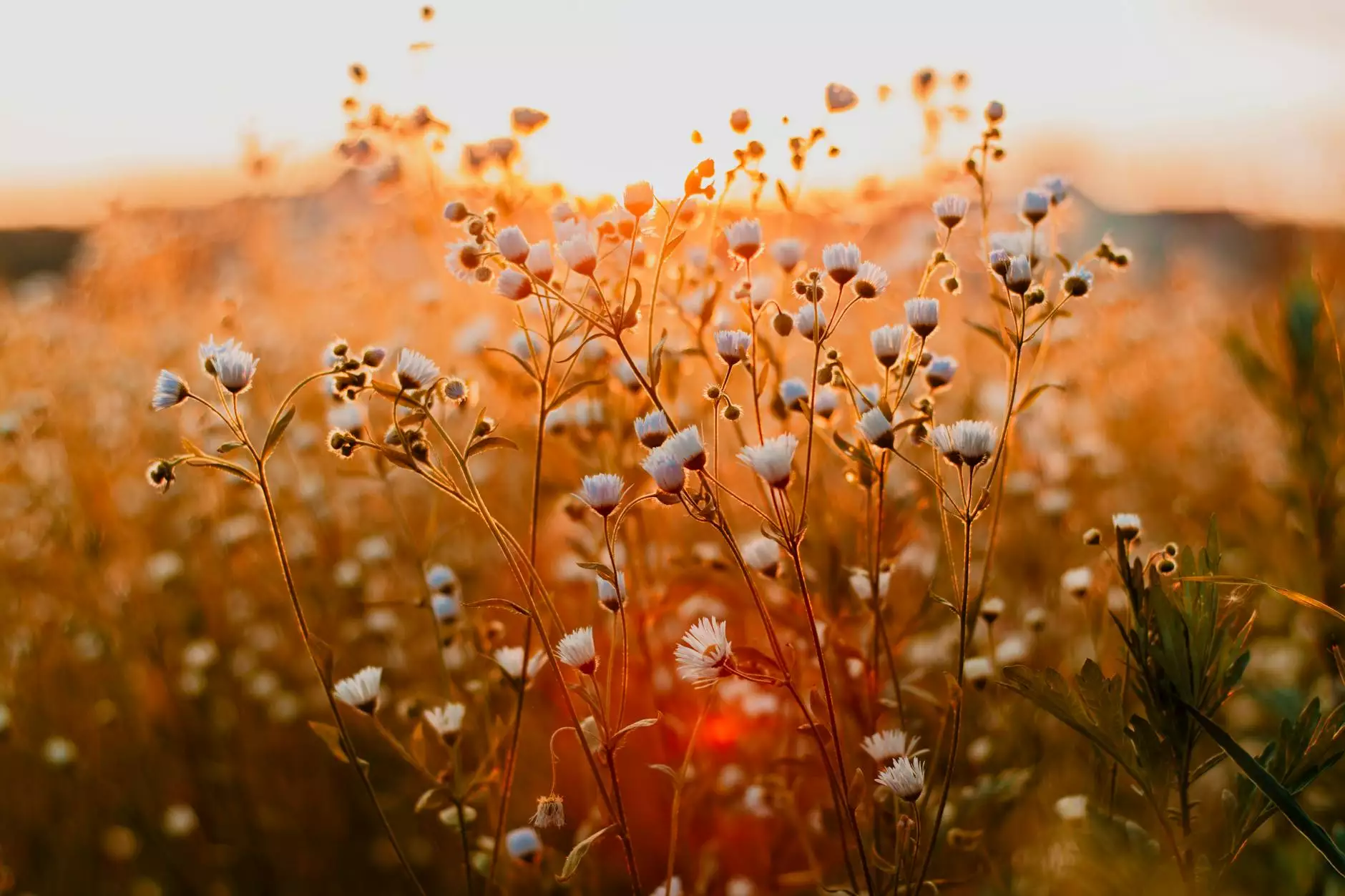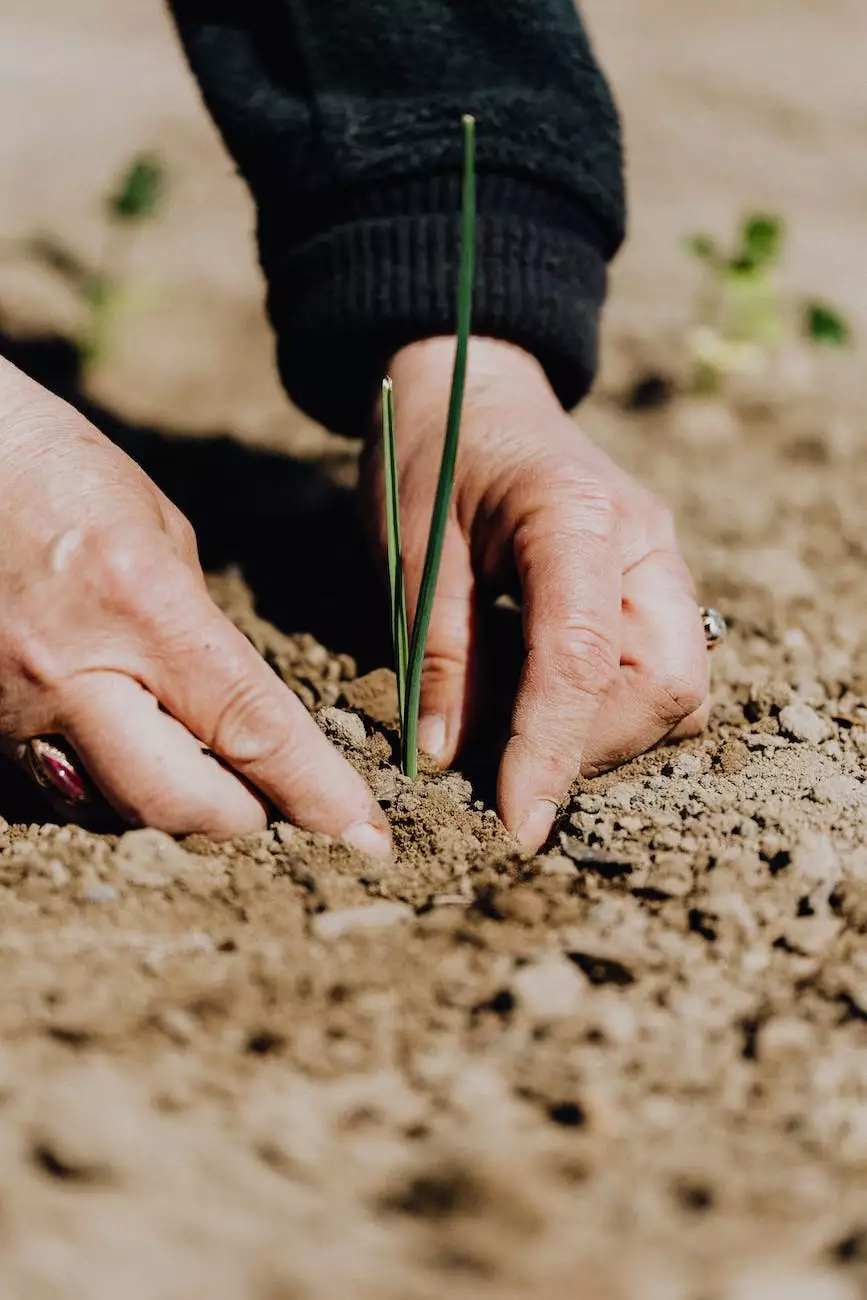Welcome to American Pond & Gardens - Integrated Pest Management Archives
Custom Outdoor Patio
- Home
- Integrated Pest Management Archives
- Blog
- Contact Us
Introduction to Integrated Pest Management
At American Pond & Gardens, we understand the importance of maintaining a pristine garden that is free from harmful pests. That is why we have created this comprehensive Integrated Pest Management Archives for all gardening enthusiasts. Whether you are a seasoned gardener or just starting out, our goal is to provide you with valuable information on how to effectively manage and prevent pests in your garden.
The Importance of Integrated Pest Management
Integrated Pest Management (IPM) is a holistic and environmentally friendly approach to pest control. It emphasizes the use of multiple strategies to manage pests, including biological control, cultural practices, and chemical interventions as a last resort.
By implementing IPM techniques, you can reduce the use of harmful pesticides, protect beneficial insects, and create a balanced ecosystem in your garden. This approach not only ensures the health of your plants but also contributes to the overall well-being of the environment.
Key Components of Integrated Pest Management
Cultural Practices
- Proper soil preparation and amendment
- Regular monitoring and inspection of plants
- Maintaining proper plant spacing
- Practicing crop rotation
- Using mulch to control weeds
Biological Control
Encouraging natural predators, such as ladybugs, lacewings, and parasitic wasps, to control pests naturally.
Chemical Interventions (as a last resort)
- Using organic and low-toxicity pesticides
- Properly identifying and targeting specific pests
- Applying pesticides only when necessary and following label instructions
Common Garden Pests and Effective Management Techniques
1. Aphids
Aphids can cause damage by feeding on the sap of plants. To control aphids:
- Introduce ladybugs or lacewings that feed on aphids
- Spray plants with a mixture of water and dish soap to suffocate aphids
- Remove heavily infested plants and discard them
2. Slugs and Snails
Slugs and snails can munch on your plants, leaving behind a trail of destruction. To manage them:
- Place slug traps or create barriers using copper tape
- Encourage natural predators like frogs and birds in your garden
- Apply iron phosphate-based bait as a safe control method
3. Caterpillars
Caterpillars can chew their way through your plants and cause significant damage. Consider the following techniques:
- Handpick caterpillars and relocate them away from your plants
- Encourage birds to visit your garden, as they feed on caterpillars
- Use Bacillus thuringiensis (BT) spray, a natural insecticide specific to caterpillars
4. Weeds
Weeds compete with your plants for nutrients and water. Control them by:
- Regularly pulling out weeds by hand before they go to seed
- Applying mulch to prevent weed growth
- Using a hoe to cut weeds at their base
Conclusion
Integrated Pest Management is the key to maintaining a healthy and thriving garden. By adopting this approach and implementing the strategies discussed in this article, you can effectively manage pests without compromising the health of your plants or the environment.
At American Pond & Gardens, we are committed to providing you with the knowledge and tools necessary to achieve a pest-free garden. Explore our Integrated Pest Management Archives for more valuable insights and guidance in your gardening journey.
© 2022 American Pond & Gardens | Home and Garden - Gardening




